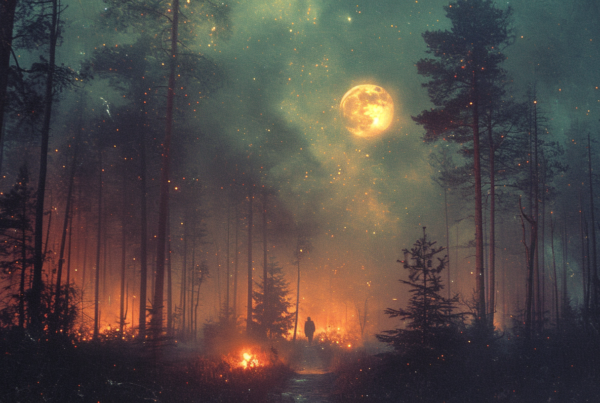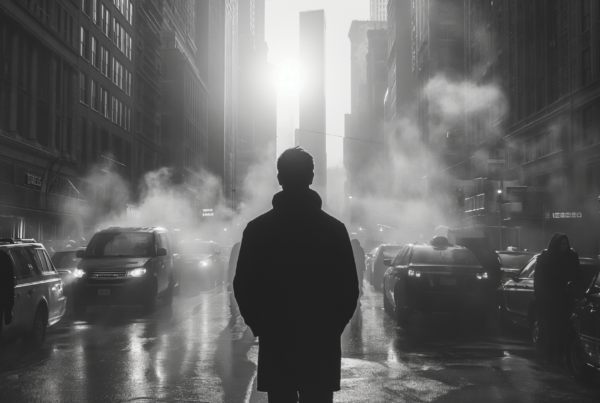In the dynamic world of digital media, the quest for the perfect image can feel like a treasure hunt. Whether you’re a marketer, content creator, or designer, the imagery you choose is pivotal in capturing attention, conveying messages, and stirring emotions. In this hunt, two main sources stand out: traditional stock images and the rapidly emerging AI-generated images. Both have their distinct characteristics, advantages, and places in the visual ecosystem. Let’s explore how each one fares in the digital imagery landscape.
Traditional Stock Images: Tried, True, and Trustworthy
Stock photography has been the cornerstone of visual content for decades. Sites like Shutterstock, Getty Images, and iStock have built vast empires on the need for accessible, high-quality images. These photographs and illustrations are created by professional photographers and artists who anticipate market demands and create content that can be licensed for various purposes.
Advantages of Traditional Stock Images:
- Authenticity: There’s an element of authenticity that comes with photographs taken by human photographers. The nuances of lighting, the spontaneous expressions of models, and the natural environment captured in the moment often create a genuine feel that resonates with viewers.
- Quality and Resolution: Stock photos are usually high-resolution images that can be used for print and digital mediums without a loss of quality. They undergo rigorous quality checks before being added to stock photo websites, ensuring a professional standard.
- Legal Security: Licensing stock images typically offers legal security. Users can rely on the clear terms and conditions, knowing that the image creator has agreed to their work being used commercially, which minimizes the risk of copyright infringement.
- Diversity and Range: Stock image libraries have amassed collections over many years, leading to an incredible diversity of choices. No matter how niche the subject, there’s likely a stock photo available.
AI-Generated Images: The New Frontier in Visual Content
AI-generated imagery is the product of machine learning algorithms, specifically generative adversarial networks (GANs) or variations thereof. These AI systems can create new, unique images based on textual descriptions or by learning from a dataset of existing images.
Advantages of AI-Generated Images:
- Customization: AI can create tailored images to suit exact specifications that might not be available in stock libraries. From a specific scene to an object combination that doesn’t exist in reality, AI can bring it to visual life.
- Cost-Effectiveness: Generating an image via AI can be more affordable than licensing a stock photo, especially for unique or one-off use cases. There’s also no need to organize a photoshoot, which can be a significant advantage in terms of both cost and time.
- Speed and Efficiency: AI can produce images in a matter of minutes, which is a game-changer for time-sensitive projects. This rapid turnaround can significantly streamline the creative process.
- Endless Possibilities: With AI, the limitation is often only the input given. Abstract concepts, futuristic scenarios, and historical recreations can all be visualized with AI, which may not always be possible with stock images.
Choosing Between AI-Generated and Traditional Stock Images
The choice between AI-generated images and traditional stock photography often boils down to the specific needs of the project:
- Authenticity vs. Imagination: If you need to depict real-life scenarios with authentic human emotions, traditional stock images might be the way to go. However, for conceptual work or when you need an image that doesn’t yet exist, AI-generated images offer an expansive canvas.
- Cost vs. Quality: Budget constraints may push you towards AI imagery, but if the highest quality and resolution are non-negotiable, premium stock photos might be worth the investment.
- Legal Considerations: For risk-averse industries or when clear copyright and usage rights are paramount, traditional stock images offer a clear framework that might not yet be as established for AI-generated content.
- Customization Needs: If customization is a priority and you need specific elements that stock images cannot provide, AI-generated images can offer solutions that are tailored exactly to your needs.
Conclusion
The choice between AI-generated images and traditional stock photos is not a binary one. Each serves different purposes and offers distinct advantages. As AI technology advances, the gap between these two might narrow, but there will always be a place for the human touch in photography. Perhaps the future of imagery lies not in choosing one over the other but in finding innovative ways to blend the strengths of both, crafting visuals that are as limitless as our imagination while remaining grounded in the authenticity of human experience.





